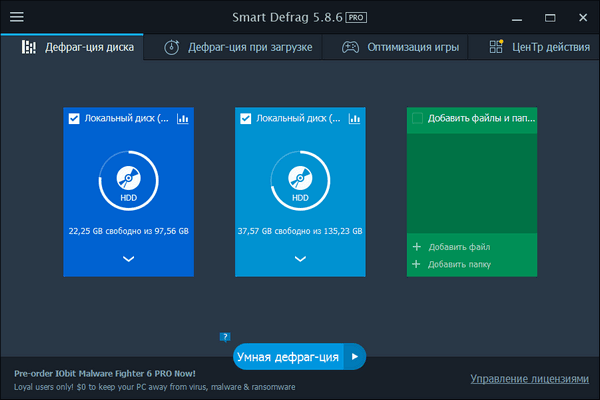
Personally, periodic OPTIMIZATION monthly (when a System is actively TRIMming SSDs) is more than enough. that won't excessively WRITE that device if used only once a year. If you really feel you need to defrag an SSD, you may use any standard disk defrag tool (the ones that move everything) and run it no more than yearly. The same process may be performed in W7 using the SSDtool. If you really feel it needs to be done, the OPTIMIZATION process available in W8+ is more than enough. Click on the arrows to make Smart Defrag identify the. If it incorrectly thinks the SSD is a hard drive, move the mouse over the hard drive icon and then you will see some arrows on the right. Products that say SSDs require special defragging say that mostly because they want to sell themselves, not because the SSD really needs it done. Smart Defrag will usually recognise that a drive is a SSD, in which case it will only give you the option to Trim the drive, and not defrag it. I'm really not sure why people seem to feel they need to defrag an SSD. Windows, itself, will perform a very small defragging process on certain Windows file structures (on SSDs) to make Windows access to those structures much more efficient. too much unneeded WRITING of the storage element (the bane of SSDs as far as life is concerned).Īs you've probably heard many times, SSDs really do not require a defragging process like an HDD does.


If the app defrags a SSD exactly like it would for an HDD, that's bad in the log run.


 0 kommentar(er)
0 kommentar(er)
